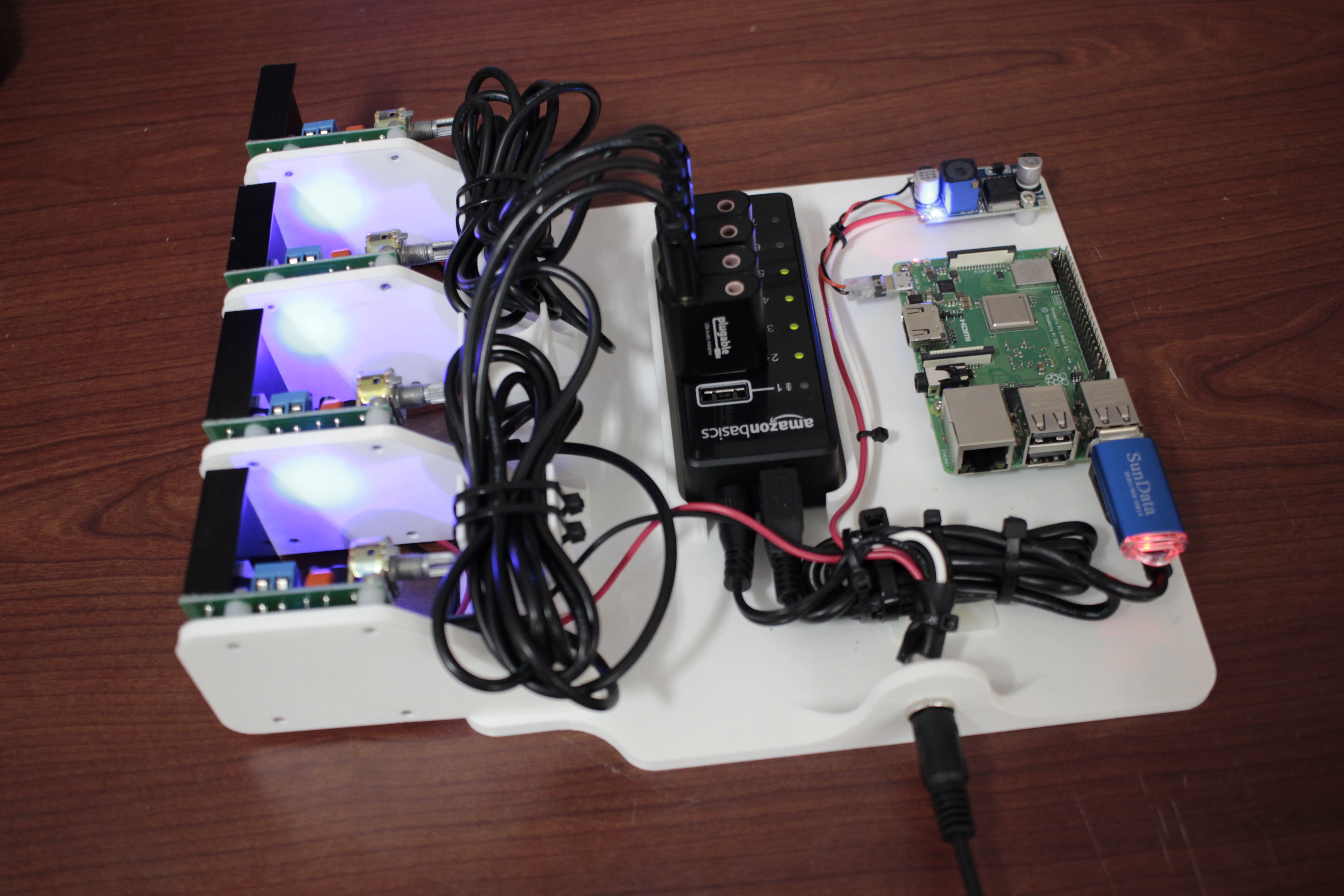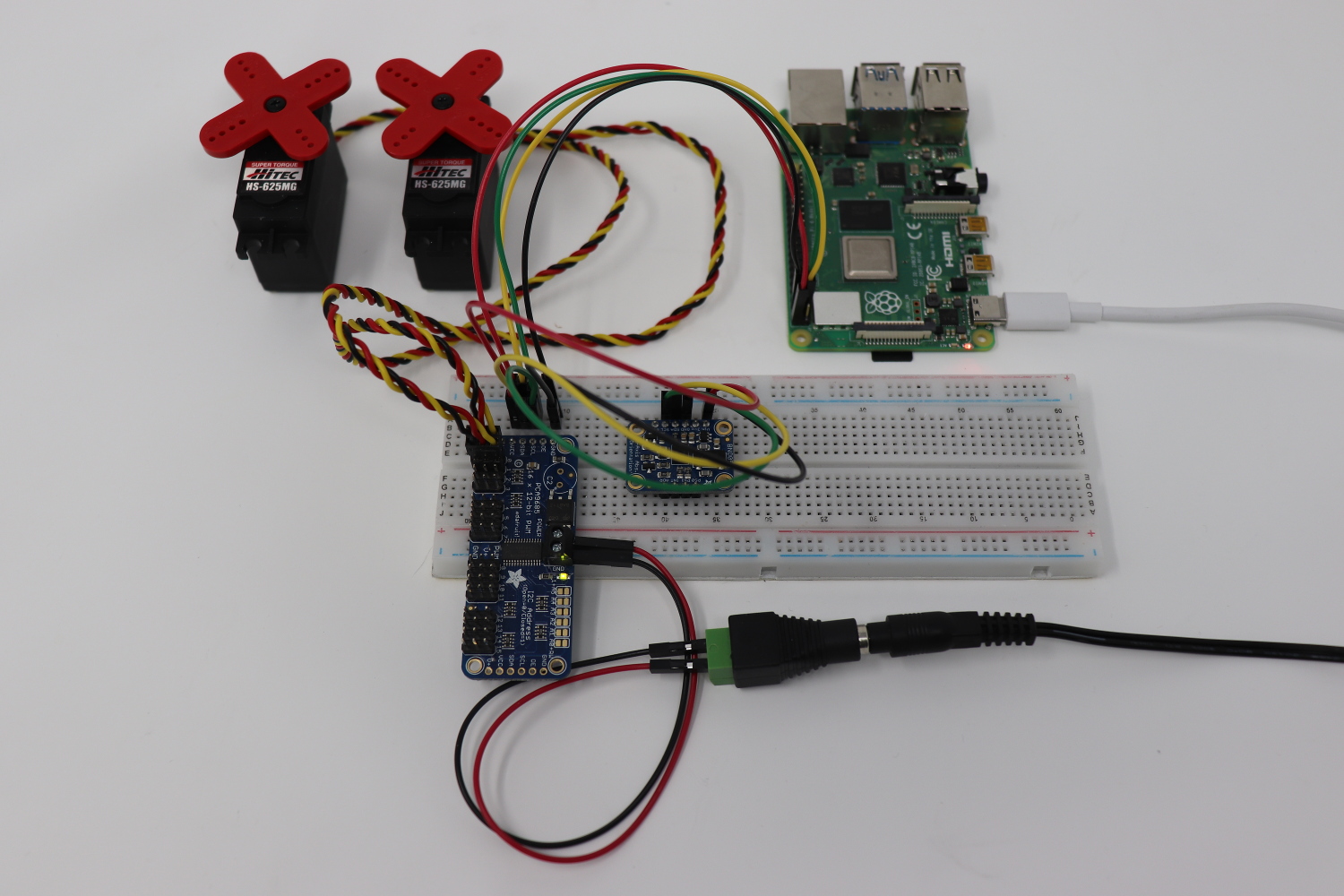Take Command: Control Multiple Raspberry Pi Like A Pro
Listen up, tech enthusiasts and hobbyists! If you’ve ever found yourself juggling more than one Raspberry Pi, you know it can get messy real quick. Controlling multiple Raspberry Pi is no small feat, but it doesn’t have to feel like climbing Mount Everest. Whether you’re setting up a home automation system, building a cluster for data processing, or just experimenting with IoT projects, this guide will show you how to take full control of your Raspberry Pi fleet without losing your mind. Trust me, by the end of this article, you’ll be running circles around your Pis like a pro.
The beauty of Raspberry Pi lies in its versatility. It’s not just one device; it’s a gateway to endless possibilities. But when you’re managing several units, things can spiral out of control faster than you can say “sudo.” That’s where our step-by-step guide comes in. We’ll break down everything you need to know about controlling multiple Raspberry Pi devices, from setting them up to streamlining their operations. So, buckle up and let’s dive in!
Before we get into the nitty-gritty, let’s address the elephant in the room: why would anyone want to control multiple Raspberry Pi? Well, the answer is simple. Whether you’re a DIY enthusiast, a developer, or even a business owner, having the ability to manage multiple Pis efficiently can save you time, effort, and headaches. Plus, it’s just plain cool. Now, without further ado, let’s roll up our sleeves and get started.
Read also:Jared From Subway Release Date The Inside Scoop Youve Been Waiting For
Table of Contents
- Setting Up Your Raspberry Pi Fleet
- Networking Multiple Raspberry Pi
- Using SSH to Control Multiple Raspberry Pi
- Essential Tools for Managing Multiple Raspberry Pi
- Automating Tasks Across Multiple Raspberry Pi
- Monitoring Your Raspberry Pi Network
- Securing Your Raspberry Pi Network
- Pro Tips for Controlling Multiple Raspberry Pi
- FAQ About Controlling Multiple Raspberry Pi
- Conclusion: Your Journey to Raspberry Pi Mastery
Setting Up Your Raspberry Pi Fleet
Alright, let’s start at the beginning. Before you can control multiple Raspberry Pi devices, you need to set them up properly. This might sound obvious, but trust me, skipping this step can lead to chaos later on. Here’s what you need to do:
Step 1: Install the OS
Each Raspberry Pi needs an operating system, and the most popular choice is Raspberry Pi OS. Download the latest version from the official website and flash it onto your microSD cards using tools like BalenaEtcher or Raspberry Pi Imager. Don’t forget to label each SD card so you don’t mix them up later.
Step 2: Configure Basic Settings
Once your Pis are booted up, log in and configure the basic settings. This includes setting up Wi-Fi, enabling SSH, and configuring static IP addresses if needed. Static IPs are crucial because they make it easier to identify and connect to each device in your network.
Pro Tip: If you’re setting up a large number of Pis, consider scripting the initial setup process. Tools like Ansible or Puppet can automate this for you, saving you tons of time and effort.
Networking Multiple Raspberry Pi
Now that your Pis are up and running, it’s time to connect them to a network. Networking is the backbone of controlling multiple Raspberry Pi devices, so this step is super important. Here’s how you can do it:
Option 1: Wired Connection
If you’re working with a stable environment, a wired connection is your best bet. Use Ethernet cables to connect each Raspberry Pi to a switch or router. This ensures reliable communication between devices and reduces latency.
Read also:Why Deltanet Travel Is Revolutionizing The Travel Industry
Option 2: Wireless Connection
For more flexibility, you can connect your Pis via Wi-Fi. However, keep in mind that wireless connections can be less stable, especially if you’re dealing with a large number of devices. Make sure your Wi-Fi network is optimized for handling multiple devices.
Regardless of the method you choose, make sure all your Pis are on the same subnet. This allows them to communicate with each other seamlessly.
Using SSH to Control Multiple Raspberry Pi
SSH (Secure Shell) is your go-to tool for controlling multiple Raspberry Pi devices remotely. It’s secure, efficient, and easy to set up. Here’s how you can use SSH to manage your Pis:
Step 1: Enable SSH on Each Device
By default, SSH is disabled on Raspberry Pi OS. To enable it, open the terminal and type:
sudo raspi-config
From there, navigate to Interfacing Options > SSH and select Enable.
Step 2: Connect to Your Pis
Once SSH is enabled, you can connect to your Pis from another computer using an SSH client like PuTTY (Windows) or the built-in terminal (Mac/Linux). Use the following command:
ssh pi@
Replace
Step 3: Automate SSH Connections
If you’re managing multiple Pis, logging in to each one individually can be tedious. To streamline this process, use tools like ClusterSSH or Parallel-SSH. These tools allow you to execute commands across multiple devices simultaneously, saving you a ton of time.
Essential Tools for Managing Multiple Raspberry Pi
Having the right tools can make a world of difference when it comes to controlling multiple Raspberry Pi devices. Here are a few must-haves:
- Ansible: An automation tool that helps you manage configurations and deploy software across multiple devices.
- Puppet: Another powerful automation tool that simplifies infrastructure management.
- Fleet: A lightweight tool specifically designed for managing Raspberry Pi clusters.
- ClusterSSH: Allows you to control multiple SSH sessions from a single interface.
These tools can help you automate repetitive tasks, enforce consistency across your devices, and reduce the risk of human error.
Automating Tasks Across Multiple Raspberry Pi
Automation is the name of the game when it comes to managing multiple Raspberry Pi devices. Here’s how you can automate common tasks:
1. Scripting
Write scripts to automate repetitive tasks like software updates, backups, and system monitoring. You can use languages like Python or Bash to create these scripts and schedule them using cron jobs.
2. Docker
Docker containers can help you standardize your environments across multiple Pis. By packaging your applications and dependencies into containers, you ensure consistency and simplify deployment.
3. Ansible Playbooks
Ansible playbooks are YAML files that define the steps needed to configure and manage your devices. They’re perfect for automating complex tasks across multiple Pis.
By automating these tasks, you free up more time to focus on the fun parts of your projects.
Monitoring Your Raspberry Pi Network
Monitoring is key to ensuring the health and performance of your Raspberry Pi network. Here’s how you can keep an eye on your devices:
1. Use Monitoring Tools
Tools like Nagios, Prometheus, and Grafana can help you monitor the status of your Pis in real-time. They provide detailed insights into CPU usage, memory consumption, and network traffic.
2. Set Up Alerts
Configure alerts to notify you when something goes wrong. Whether it’s a high CPU load or a failed connection, being alerted immediately can prevent bigger issues down the line.
Monitoring your network regularly helps you catch problems early and ensures everything runs smoothly.
Securing Your Raspberry Pi Network
Security is a top priority when controlling multiple Raspberry Pi devices. Here are some best practices to keep your network safe:
- Use Strong Passwords: Avoid using default passwords like “raspberry.” Instead, create strong, unique passwords for each device.
- Enable Firewalls: Use tools like UFW (Uncomplicated Firewall) to control incoming and outgoing traffic.
- Keep Software Up to Date: Regularly update your operating system and installed packages to patch security vulnerabilities.
- Disable Unnecessary Services: Turn off services you don’t need to reduce the attack surface.
By implementing these security measures, you protect your network from potential threats and ensure your data remains safe.
Pro Tips for Controlling Multiple Raspberry Pi
Here are a few additional tips to help you master the art of controlling multiple Raspberry Pi devices:
- Label Everything: Use labels or tags to identify each device clearly. This makes troubleshooting much easier.
- Document Your Setup: Keep detailed notes about your network configuration, IP addresses, and any custom scripts you’ve written.
- Backup Regularly: Regular backups ensure you don’t lose important data if something goes wrong.
- Join Online Communities: Platforms like Reddit and Stack Overflow are great places to connect with other Raspberry Pi enthusiasts and learn new tricks.
These tips might seem small, but they can make a big difference in the long run.
FAQ About Controlling Multiple Raspberry Pi
Q: Can I control multiple Raspberry Pi devices from a single interface?
A: Absolutely! Tools like ClusterSSH and Fleet allow you to manage multiple Pis from a single interface, making your life much easier.
Q: How do I assign static IP addresses to my Raspberry Pi devices?
A: You can assign static IPs by editing the dhcpcd.conf file on each device. Simply add the desired IP address, subnet mask, and gateway information, and restart the networking service.
Q: Is it safe to connect multiple Raspberry Pi devices to the same Wi-Fi network?
A: It’s generally safe, but it depends on the size of your network and the amount of traffic. For larger setups, consider using a dedicated Wi-Fi router or switching to a wired connection.
Conclusion: Your Journey to Raspberry Pi Mastery
There you have it, folks! Controlling multiple Raspberry Pi devices doesn’t have to be a daunting task. With the right setup, tools, and practices, you can manage your Pi fleet like a pro. Remember, the key is to stay organized, automate where possible, and always keep security in mind.
Now it’s your turn to take action! Whether it’s setting up your first Pi cluster or exploring new automation tools, the possibilities are endless. Don’t forget to share your experiences in the comments below or check out our other articles for more tips and tricks. Happy Pi-ing!


